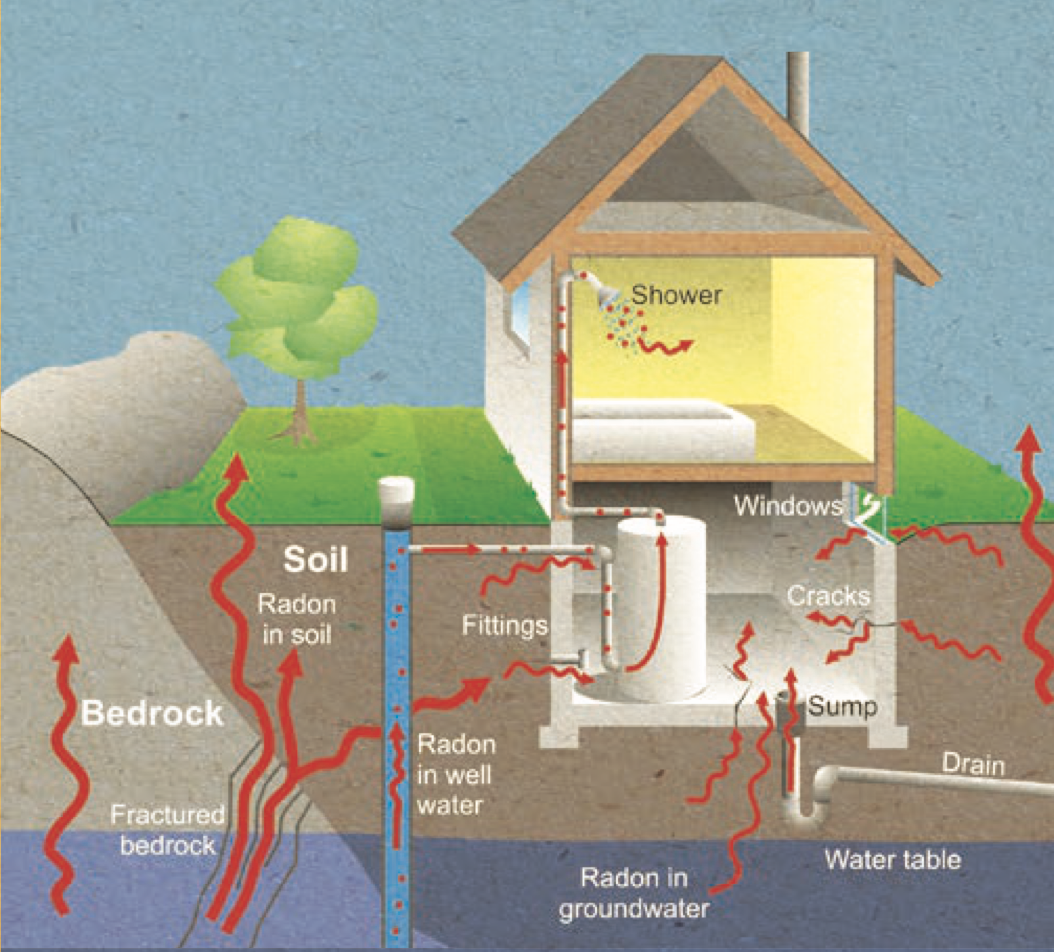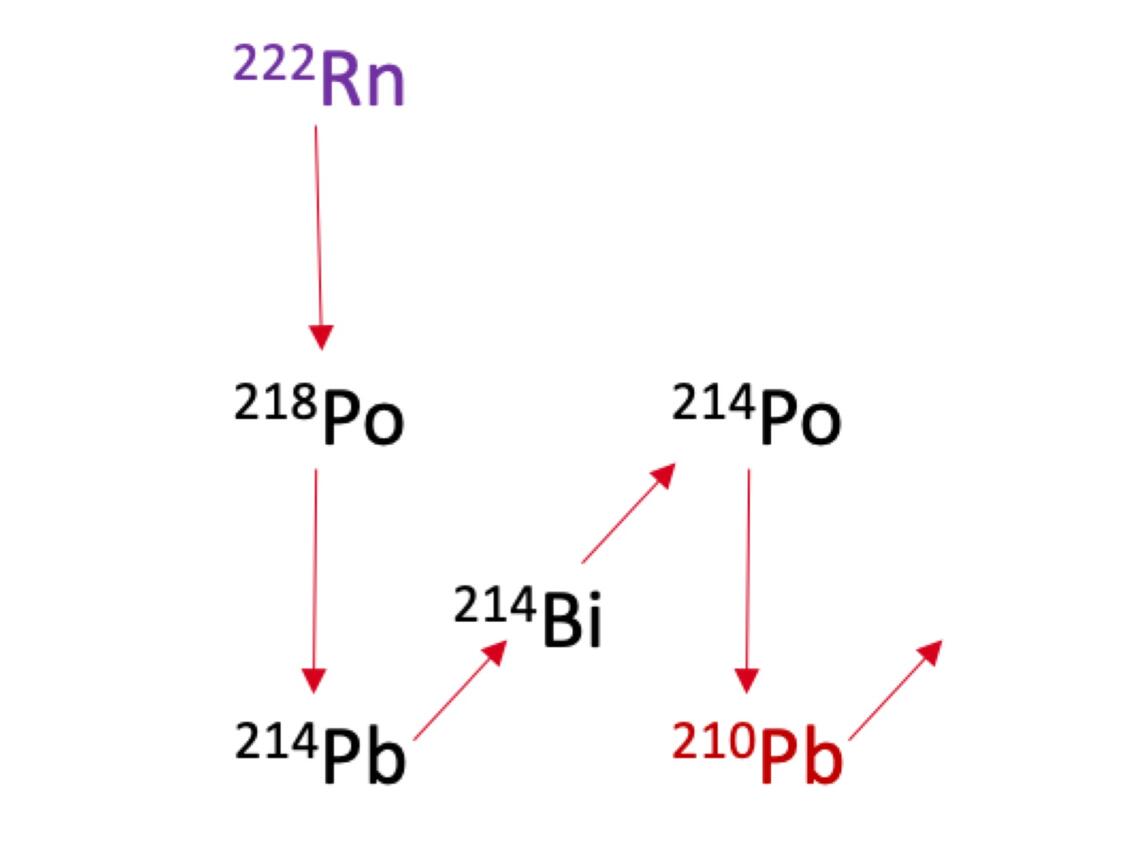Quantifying Radon Exposure Through Lead-210 Measurements
Lung cancer caused ~40% of cancer-related deaths but only attracted ~0.1% of cancer fundraising reported in 2019. This inequity is attributed to false stereotypes that tobacco causes all lung cancers, is therefore the patient’s fault and that they must suffer the consequences quietly. 1 in 5 lung cancers in Canada actually occur in never-smokers, who experience the unjust stigmatization that smokers encounter, whilst also experiencing anxiety related to their inability to pinpoint their disease’s origins. At a population level, radioactive radon gas inhalation is established as the 2nd leading cause of all lung cancers globally. It is generated geologically but normally dilutes to non-hazardous levels as it reaches the earth’s surface. Unfortunately, modern buildings can concentrate radon to abnormally high levels, creating a dangerous and, in Canada, worsening carcinogen exposure issue. Radon exposure drives up cancer risk, synergizes with tobacco effects, and is important to consider for light smokers, whose tobacco-related cancer risk might be low, but if combined with radon can become as high as a heavy smoker. Essentially no-one has reliable radon data useful to measure lifetime exposure, and in the absence this and derive personalized radon-induced lung cancer risk, providing harm reduction advice, making a diagnosis at an earlier (and less lethal) stage, and conferring eligibility for lung cancer screening programs are less likely or simply just not possible for never- or light-smokers.
There is an unmet need to determine lifetime radon exposure at an individual level. We meet this challenge by bringing together population health, radiation biology and atomic physics to develop practical ways of measuring personalized lifetime radon exposure retroactively, from easily accessible, disposable tissues and in manner that can inform health decision making.
Our Plan
We aim to disrupt the status quo of radon testing by developing mass spectrometry-based technology to quantify ‘telltale’ solid radioisotopic radon decay products in keratinizing human tissue with sufficient sensitivity to measure lifetime radon exposure. Here, we will be using toenails as our tissue of interest as collection is a simple and noninvasive. Toenail samples are processed and then undergo IDMS analysis to determine the amount of 210Pb, which will used to determine the individual’s lifetime radon exposure. This process will allow for much shorter data collection time with less sample needed. Using IDMS also allows us to gain far greater sensitivities than current standard methods, as we will be able to accurately measure on the order of femtograms.

A ion current vs atomic mass plot demonstration of the sensitivities required in this study.

Paths for radon to enter a home. Image from National Resources Canada 2008, courtesy of the Geological Survey of Canada.

Decay pathway of radon-222.
